First introduced at WWDC, Anki's iOS-controlled AI-based racing game is set to debut later this month. Unlike standard racing toys, Anki Drive is largely self-operating and is described by the company as a "video game in the real world." The concept is similar to slot car racing, with added enhancements that include artificial intelligence, machine learning, and smartphone-based controls.
The Anki cars are placed on a specially designed vinyl track and connect to an iPhone with Bluetooth-LE. Using software and tiny cameras, the cars calibrate their positions on the track and handle steering on their own. Players control the gas and the guns using an iPhone and the Anki Drive app, shooting at other cars on the track to score the highest number of hits.

Hits translate to points, and points can be used to both upgrade cars and weapons. Each of the Anki Drive cars has its own unique name, personality, and statistics, with some offering greater acceleration speeds while others have more energy. Engadget went hands-on with the Anki Drive and has a description of the gameplay:
As soon as you're done, you can simply set the cars on the track and away they'll zoom; there's no need for you to hit an accelerate button at all. Indeed, the cars will even know just where to turn. We wanted to see if we could mess it up, so we picked up a car and turned it the other way around to see what would happen. The answer: It just flipped around and went back on the right direction.
So if the cars can drive themselves, what do they need you for? Well, you can affect the race by tilting the phone either left or right to force it to make a wider or sharper turn. There are also special weapons you can deploy if you’re in a competition – a couple of starter ones include a tractor beam to slow down an opponent and a gun that you can use to mow them down afterward.
Anki Drive has several different gameplay modes, including a multiplayer mode that allows several players to compete against one another and a single player mode where one of the cars is controlled through AI. Each of the Anki Drive cars has its own name, personality, and statistics, with some offering greater acceleration speeds while others have more energy. No car can be fully upgraded to match the others, which makes each one unique.

Anki Drive will be available in the United States and Canada on Apple’s website and in retail stores beginning on October 23. Each bundle, which includes two cars, chargers, and a race track, retails for $199. Two additional cars can be purchased for $69 each.
The Anki Drive app can be downloaded from the App Store for free. [Direct Link]



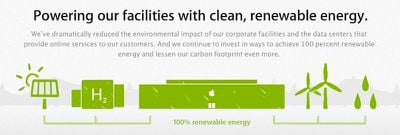

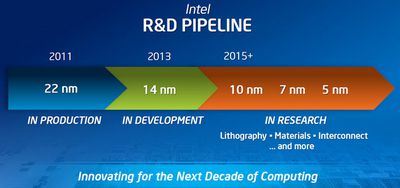


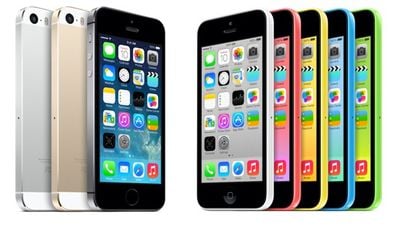
 After Apple
After Apple 
 The lens also works with all apps, including the official
The lens also works with all apps, including the official 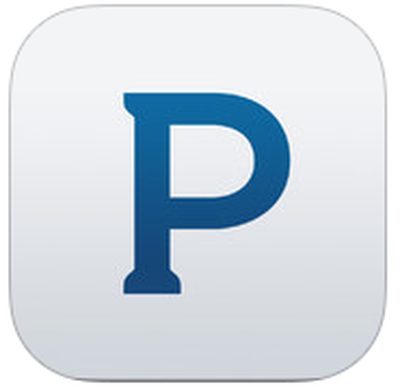 Pandora CFO Mike Herring this week made several comments about Apple's
Pandora CFO Mike Herring this week made several comments about Apple's 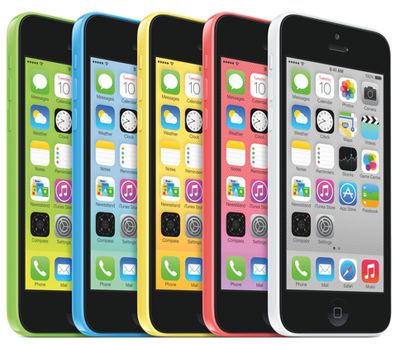
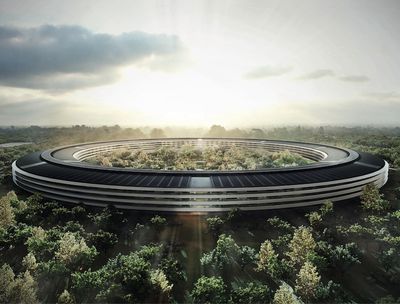
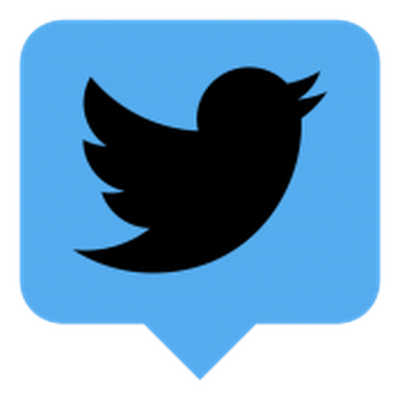 Twitter today updated TweetDeck for Mac to version 3.3.3, with several additions that are designed to make it easier for users to preview images, Tweet and send direct messages.
Twitter today updated TweetDeck for Mac to version 3.3.3, with several additions that are designed to make it easier for users to preview images, Tweet and send direct messages.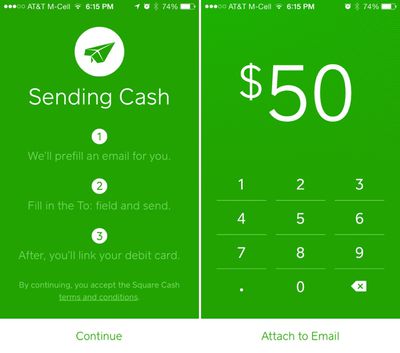
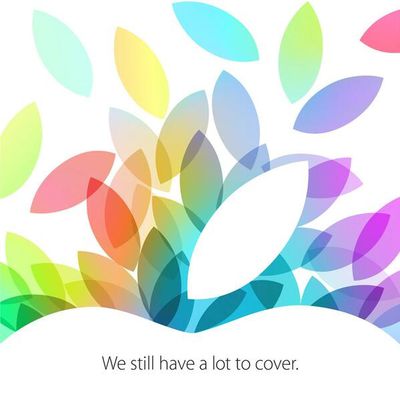
 Apple today released
Apple today released 











